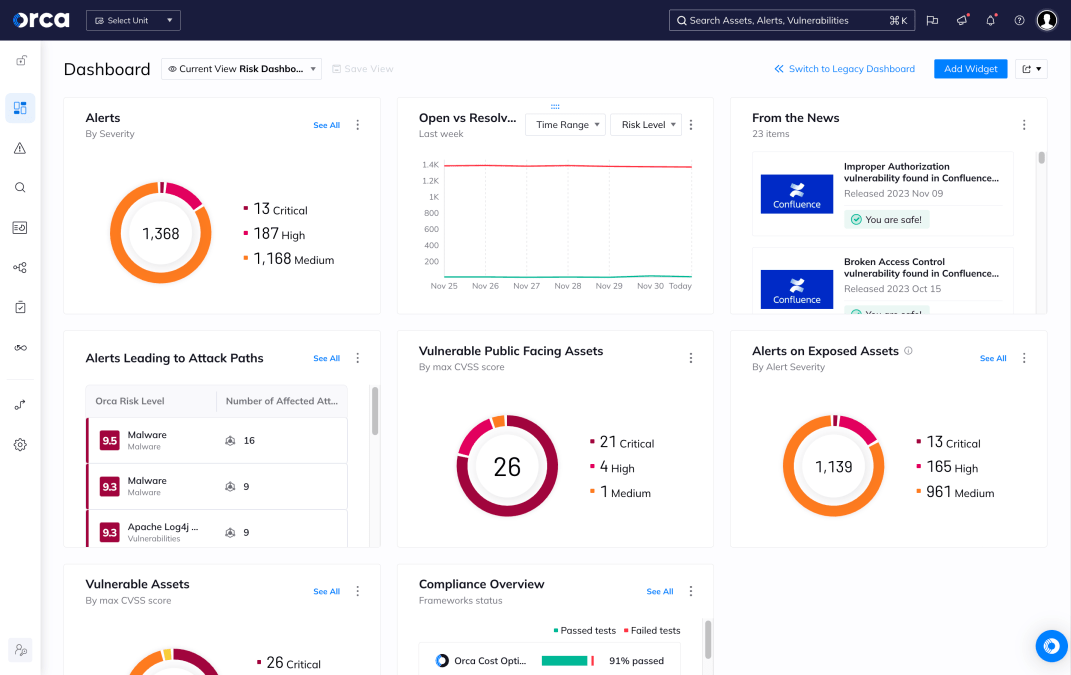A Distributed Denial-of-Service (DDoS) attack is a malicious attempt to disrupt the normal functioning of a targeted server, service, or network by overwhelming it with a flood of internet traffic from numerous compromised devices. Unlike traditional denial-of-service (DoS) attacks, which originate from a single source, DDoS attacks leverage botnets—large networks of infected devices—to generate massive traffic volumes that can incapacitate online services. These attacks are a significant threat to cloud environments, where the scalability and shared infrastructure of cloud services can be exploited to amplify impact and costs.
What is a DDoS attack?
A DDoS attack floods a target system with so much traffic that it can no longer respond to legitimate users. Attackers build botnets by infecting internet-connected devices with malware, enabling them to command vast numbers of machines to simultaneously send requests to a target. This causes the targeted system’s resources to become exhausted, rendering it inaccessible.
DDoS attacks generally fall into three categories:
- Volume-based attacks: Aim to saturate a network’s bandwidth using techniques like UDP floods or ICMP floods.
- Protocol attacks: Exploit server resource limitations by targeting connection protocols, such as SYN floods or fragmented packet attacks.
- Application layer attacks: Mimic legitimate user behavior to exhaust server resources, often using techniques like HTTP floods or slowloris.
Because the traffic originates from many different sources, it becomes difficult to distinguish malicious activity from genuine requests, complicating mitigation.
Why DDoS protection matters
The consequences of a successful DDoS attack can be severe. Service disruptions lead to lost revenue, decreased customer trust, and reputational damage. For businesses dependent on cloud services, the impact is compounded by unexpected auto-scaling costs and performance degradation across interconnected systems.
DDoS attacks are increasingly used as part of broader attack campaigns. While security teams focus on restoring availability, attackers may exploit the distraction to carry out data exfiltration or gain a foothold in the network. In regulated industries, outages may also lead to compliance violations and legal penalties.
The financial and operational toll is significant. According to a report by Cloudflare, DDoS attacks have increased in size and frequency, with some volumetric attacks exceeding 100 million requests per second (source). Organizations of all sizes need to understand their exposure and implement protections.
How DDoS attacks work
DDoS attacks begin when an attacker uses malware to compromise large numbers of devices—often routers, IoT devices, or poorly secured servers. These devices are enrolled into a botnet controlled via command and control (C2) infrastructure. Once activated, the botnet launches a coordinated assault on a chosen target, flooding it with data packets or requests.
The most common types of DDoS attacks include:
- UDP floods: Send large amounts of UDP packets to random ports.
- SYN floods: Exploit the TCP handshake process to overload server resources.
- HTTP floods: Send a high volume of HTTP requests to a web server.
- DNS amplification: Use open DNS resolvers to amplify traffic volume toward the victim.
Attackers often blend multiple attack types in multi-vector campaigns that adapt in real-time to mitigation efforts.
Key risks and challenges
Cloud environments present unique DDoS challenges. Auto-scaling can inadvertently increase the cost of attacks as more resources are provisioned to absorb malicious traffic. Multi-cloud and hybrid deployments create additional complexity, with attack surfaces spread across numerous services and vendors.
Further risks include:
- Detection difficulty: Malicious traffic is often indistinguishable from legitimate user behavior.
- Diversionary attacks: DDoS incidents can distract from concurrent cyber intrusions.
- Service interdependencies: Outages in one service can affect downstream applications.
- Public trust erosion: Prolonged downtime damages customer confidence and brand reputation..
Best practices for DDoS defense
Organizations can reduce their exposure to DDoS attacks through a layered, proactive defense strategy:
- Traffic monitoring and baselining: Establish normal traffic patterns to detect anomalies early.
- Rate limiting and filtering: Throttle or drop requests exceeding normal usage.
- Leverage CDNs and edge networks: Distribute traffic to absorb and filter attacks.
- Engage mitigation providers: Collaborate with ISPs and DDoS protection vendors.
- Design for resilience: Use redundancy and failover mechanisms to maintain uptime.
- Test response plans: Conduct regular DDoS simulations to improve readiness.
CISA recommends coordinating with ISPs, maintaining contact information for upstream providers, and pre-configuring mitigation playbooks.
How Orca Security helps
The Orca Cloud Security Platform helps organizations assess and mitigate DDoS-related risks in their cloud environments. Through its agentless-first platform, Orca continuously monitors your cloud estate, including cloud configurations, APIs, workloads, and more to identify potential risks that could serve as DDoS entry points.
Orca’s dynamic risk prioritization helps security teams focus on high-impact exposures—such as internet-facing services without rate limits or protections. Orca also detects anomalous traffic behaviors and potential attack paths, enabling early intervention before DDoS campaigns take hold.By providing unified visibility across AWS, Azure, and Google Cloud, Orca helps organizations verify that DDoS mitigation controls are in place, such as WAF policies, load balancer protections, and auto-scaling thresholds.



